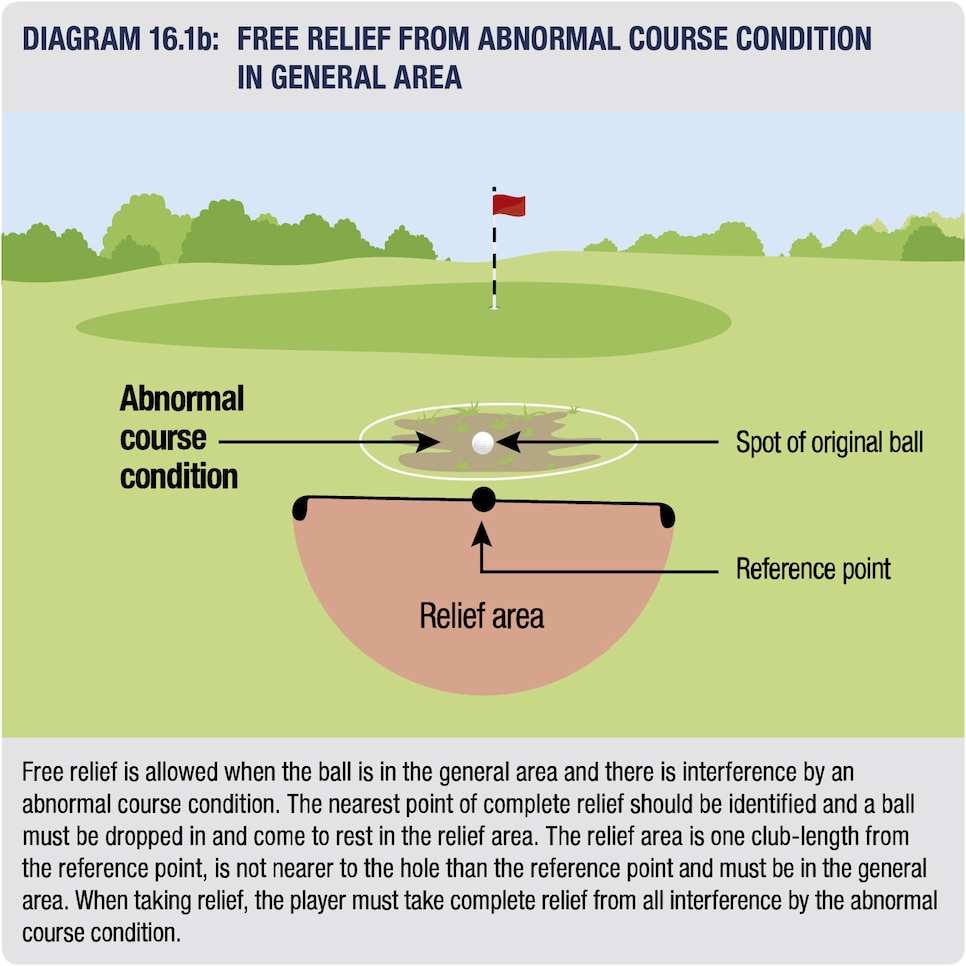Everfit Golf Buggy Foldable Trolley Golf Cart Wheels Umbrella Bottle Holder
$209.95 (as of July 26, 2024 04:49 GMT +00:00 - More infoProduct prices and availability are accurate as of the date/time indicated and are subject to change. Any price and availability information displayed on [relevant Amazon Site(s), as applicable] at the time of purchase will apply to the purchase of this product.)Lacoste Unisex Adult's Side Croc Cotton Cap
$100.00 (as of July 26, 2024 04:49 GMT +00:00 - More infoProduct prices and availability are accurate as of the date/time indicated and are subject to change. Any price and availability information displayed on [relevant Amazon Site(s), as applicable] at the time of purchase will apply to the purchase of this product.)CHARM Mens Womens Headband Bandana – Comfortable Head Bands with Elastic Secure Snug Fit Non Slip for Runners Fitness Sports Gym Tennis Crossfit Lightweight
$17.39 (as of July 26, 2024 04:49 GMT +00:00 - More infoProduct prices and availability are accurate as of the date/time indicated and are subject to change. Any price and availability information displayed on [relevant Amazon Site(s), as applicable] at the time of purchase will apply to the purchase of this product.)Wilson Profile Distance Golf Ball 36 Pack
$90.97 (as of July 26, 2024 04:49 GMT +00:00 - More infoProduct prices and availability are accurate as of the date/time indicated and are subject to change. Any price and availability information displayed on [relevant Amazon Site(s), as applicable] at the time of purchase will apply to the purchase of this product.)Mixed Colors Yoga Sports Headbands for Women Stretchy Cotton Non Slip Elastic Sweat Hairbands Soft Fabric Sport Hair Bands Hairwarp Workout Yoga Running Sport Exercise Gym
$8.90 (as of July 26, 2024 04:49 GMT +00:00 - More infoProduct prices and availability are accurate as of the date/time indicated and are subject to change. Any price and availability information displayed on [relevant Amazon Site(s), as applicable] at the time of purchase will apply to the purchase of this product.)
As golfers, we face the entire gambit of weather. From hot, dry days to pouring rain. In between these extremes are the days when the course is soggy after a torrential down pour. I have face these conditions many times over the years and I have to say it does reek havoc on my score. I am not a good mudder (sometimes), however I have learned a few tricks that help me loop the course without too much difficulty. Playing on a soggy golf course can be a challenge if you are not prepared or know the golf rules that can help you take relief.
As most of us know, playing in wet soggy conditions create a challenge for ball striking. The usual bounce we get off the ground help us compress the ball and provides forgiving conditions to strike the ball. The challenge of playing wet conditions is being able to pick the ball clean (or near to it) like hitting out of a fairway bunker. Hitting the ground after the ball is okay, but not before.
The other aspect of playing in soggy conditions is understanding the causal water rule.
Rule 16: Relief from Abnormal Course Conditions (Including Immovable Obstructions), Dangerous Animal Condition, Embedded Ball “covers a number of different Abnormal Course Conditions, including casual water, ground under repair, immovable obstructions, etc. But right now we’re focused on casual water and how to proceed when your ball ends up in it, be it in the fairway, rough or bunker. To put it simply, if your ball is in a giant pool of water that isn’t in a penalty area, you take free relief at the nearest point of complete relief (a dry area) no closer to the hole, measuring one club-length to create your relief area and play from there. The only instances you are not allowed free relief is if your ball is out of bounds or in a penalty area. One other thing to note: If your ball finds casual water in a bunker, your point of free relief still has to be in the bunker. If you did want to take it out, you’d have to assess yourself a one-stroke penalty.” (GolfDigest.com)

Graphic courtesy of the USGA
As you can see, rule 16 is very advantageous. If still would like some clarification, here is an easy video to follow that should help:
There is more to playing golf in soggy conditions than one might think. Embedded ball, for instance, is one that is more prevalent after a few days of rain. If you are wondering, you are allowed to clean your ball if it was imbedded before you take your free drop and put the ball back in play. Additionally, your ball can be imbedded in the rough as well and being able to take relief is always a good thing.
Playing golf on a soggy course does provide challenges to many amateurs. Understanding the rules can help you save strokes. Additionally, clubbing up and swinging slightly less aggressively will definitely help make better contact and save strokes. As we close today, I want to leave you with one last thought:
 Blair fishing out a golf ball out of a sand trap!
Blair fishing out a golf ball out of a sand trap!
I am a grateful golfer! See you on the links!










